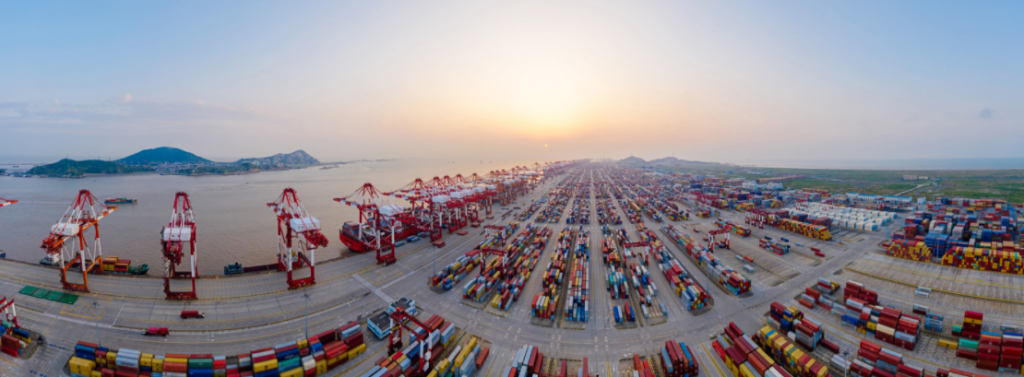As we enter and pass the typical seasonal lull for US imports, April 2022 was forecasted to have US ports repeat the freight and vessel bottlenecks experienced during the pandemic’s peak; however, the surge never came. China’s largest port Shanghai entered an indefinite Covid-19 lockdown earlier this month, which is now entering its fourth week. As vessels and containers continue to stack up in Shanghai and all of China’s gridlocked ports, the US continues to work through its backlog at all major entry points.
Not only are Chinese port operations at a standstill, trucking in and out of the port – a significant component of the supply chain to ensure raw materials get to factories and containers flow freely, has come to a standstill. Global exporters will face additional headwinds as bad weather has hindered operations in Ningbo, the world’s third busiest port and where most freight was diverted from Shanghai. Additionally, China starts a five-day labor holiday beginning April 30. The world awaits the latest lockdown to lift so normal operations may resume.
What does this mean for future US port operations? When the lockdowns lift and normal operations resume, a tidal wave of vessels, freight and containers will head to US ports, including the largest for Asian imports: Los Angeles and Long Beach, California. Most major gateways continue to work through backlogs and battle current import volumes, so any increase – especially a massive tidal wave of freight could dramatically exaggerate congestion at US ports. These conditions mean that shippers will face increasing delays amid an already stressed supply chain. A strategic logistics partner is critical to successfully navigating a challenging transportation environment.
Preparation and planning are key. Don’t wait for the tidal wave to break. Contact Whisk today!

